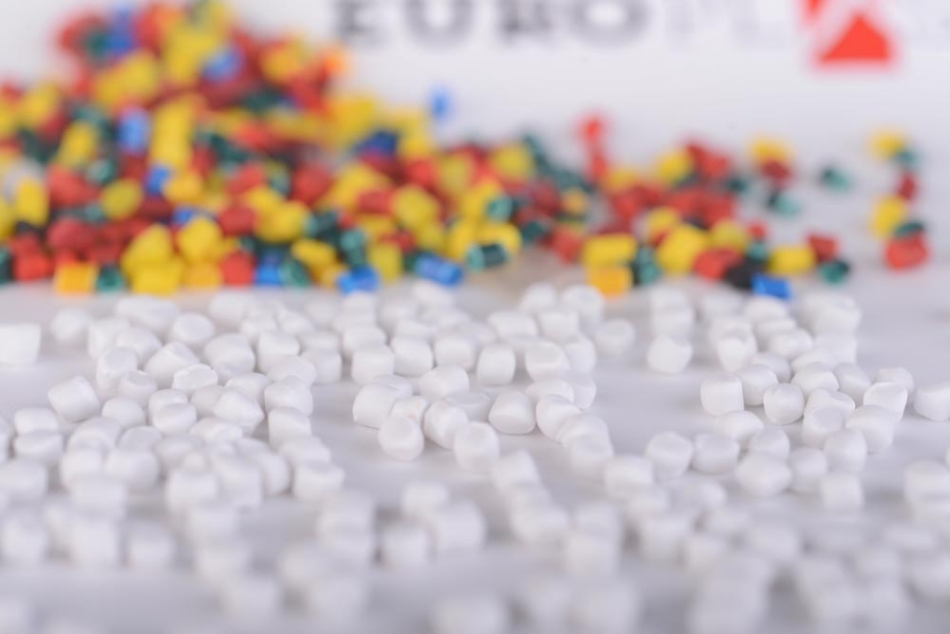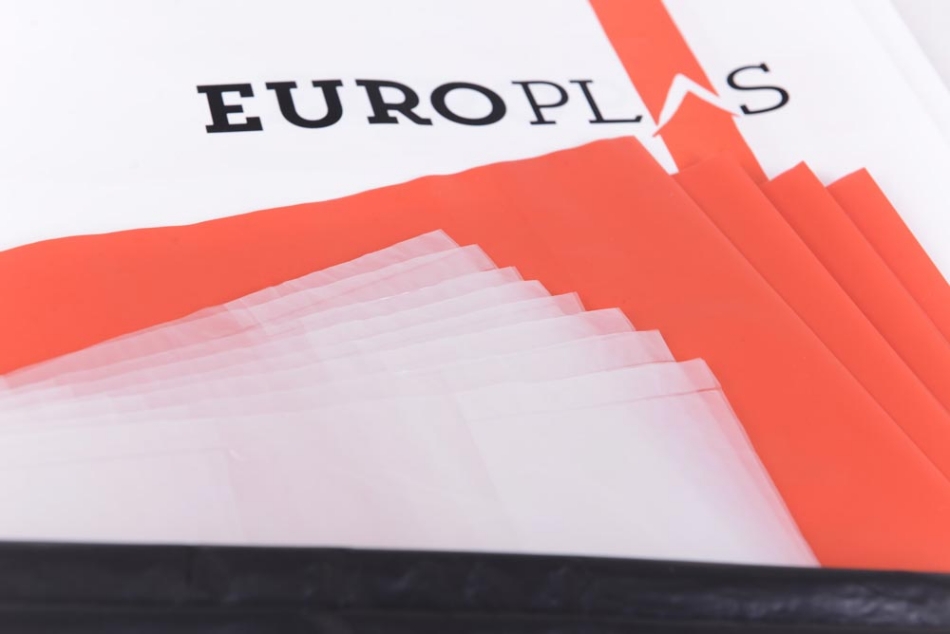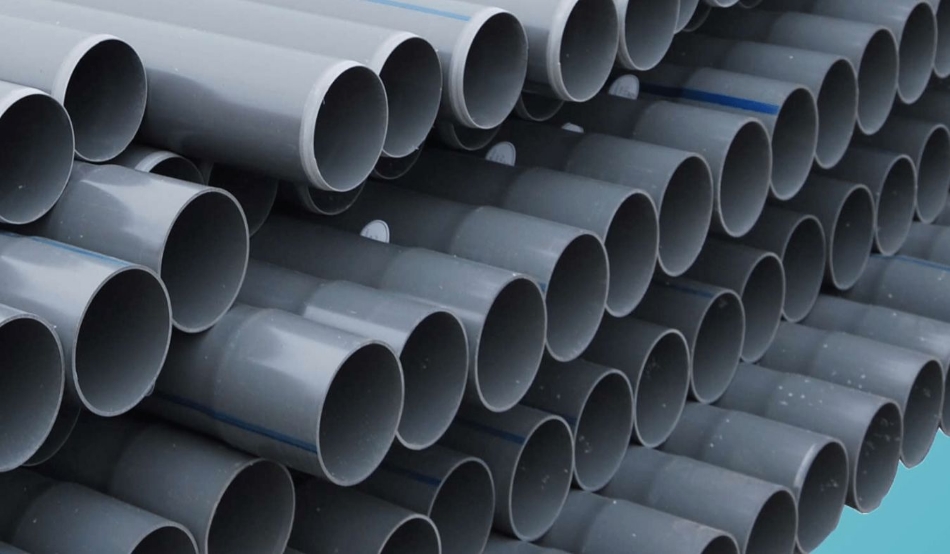Compound CaCO3 is the main component of limestone powder – a common mineral resource. With abundant reverses in Vietnam, compound CaCO3 collected from the limestone powder exploitation has opened myriad of chance for the plastic industry in Vietnam.
Compound CaCO3 (taical) is an effective solution in the context of competition among enterprises
Taical, also known as plastic filler with main ingredient is compound CaCO3, is used in the manufacture of plastic since the masterbatch industry develops.
Currently, the plastic industry as well as the masterbatch industry in Vietnam is still developing in the context of competition with domestic and foreign enterprises. Small and medium Vietnamese enterprises in the plastic field have to compete with rivals as well as find quality raw materials and modern machinery and equipment. In addition to solve the problem by importing modern machinery from Europe with the purpose of improving the production capacity, finding an alternative material to replace a part of plastic beads, hence reduce input material costs is also another effective solution.
The material that is suitable to partly replace the expensive imported materials is compound CaCO3, also known as filler masterbatch. Using this material can contribute to the increasing in productivity and reducing production costs of various industries such as packaging, plastic films industry. 
The concept of compound CaCO3 and the reason why it is preferred in plastic production
Taical or plastic filler is the compound that combine calcium carbonate (CaCO3) powder and additives. These ingredients are then mixed with primary plastic as input materials for plastic processing procedures afterwards. In addition to saving costs when replacing a part of plastic materials, taical is also capable of changing some properties of the primary plastic or polymer.
In order to process filler masterbatch, people put the mixture of stone powder (which mainly is compound CaCO3), functional additives and primary plastic into the heating process to melt these ingredients into liquid form. Then they are cooled and cut into small particles with granular shapes called masterbatch. These particles can be used as raw material or can be mixed with primary plastic and continue to undergo processing processes such as injection molding, film blowing, laminating or spinning, etc. to manufacture plastic products. The compound CaCO3 masterbatch product was generated not only to help producers save material costs, but also increase the value of limestone powder when our country has the abundant limestone resources.
Compound CaCO3 is applied to produce a variety of plastic products in daily life
The amount of additives added into filler masterbatch varies depending on the substrate types (PVC, PP, PE, PC) and depending on the type of product required from the customer. To meet the diverse needs of customers, EuP has generated the compound CaCO3 masterbatch with highest quality to apply in the following typical products:
Compound CaCO3 is used to produce plastic ceiling panels, frames and doors
Taical is an indispensable material in the production of plastic pipes and ceiling sheets from rigid PVC because it contributes to the durability and gloss of the product. These products, when manufactured with masterbatch filler, will have smooth, glossy and hard surfaces to prevent dust, easy to clean, uniform color.
Filler masterbatch is used in the production of PVC pipes and cables
Compound CaCO3 is widely used to create durable rigid PVC pipes that withstand high pressure and have a smooth surface while manufacturer can shorten the production time and save costs. PVC pipes are the versatile products that are commonly used in various aspects, from agricultural irrigation pipes to electrical conduits for constructions. It is also fire resistant, so they are mixed with PVC plastic and other additives to produce many types of cables, from thin insulated to thick insulated (used at 70oC, 90oC and 105oC). These components after mixed with a high-speed mixer are passed through the extruder to create compound CaCO3 granules. Then put the seeds into the ejector machine to produce wraps for copper wire, aluminum wire, etc. which finally resulting in the power cable.
Compound CaCO3 contributes to cost reduction in film and plastic fiber production
The compound CaCO3 is also suitable additives to produce all kinds of films and plastic wraps with various range of properties, from thin to thick, plastic wrap with evaporate ability and pressed film. Filler masterbatch padded into plastic granules to increase rigidity, durability for products and is important to significantly reduce production costs.

Compound CaCO3 is used in molding and injection molding of other plastic products
By mixing masterbatch with the primary plastic and letting them undergo the blow molding process, manufacturer can produce bottles or utensils that have a balanced weight but with the reduced costs. In addition, the injection molding process needs to use filler masterbatch to create various objects serving many other industries such as auto parts, industrial equipment and household products.

After compound CaCO3, experts are still looking for alternative ways to improve this materials to maximize productivity
The methods of plastic processing, especially how to combine primary plastics with other ingredients, for example compound CaCO3, have never been outdated. Contradictorily, they are gaining the increasingly attentions from both scientist and manufacturers, whom paid the extreme efforts to improve this material. Currently, manufacturers are always looking for ways to optimize productivity without letting the price increase too high by putting fillers in plastic in the form of granular additive compounds, also known as compound technical resins. This particle is a mixture of plastic materials and some additives, filler masterbatch and several modified substances. Instead of directly adding the additives or fillers into plastics that is easy to create unevenness in finished products, the utility of technical compound helps the plastic processing to be more convenient because the mixture has been mixed with a reasonable rate. Not only that, it also keeps machines producing clean as well as protecting the environment.